Some particularly sensitive plants need a little shade to prosper, especially on hot sunny summer days. Even more so nowadays when sun is no longer that diffuse star emitting gentle heat, but rather a ray floret of death leaving us in an unbearable furnace in summer. In this guide, we will show how to build, step by step, a simple and effective shade shelter to create an optimal environment for your plants. So, put on gloves, prepare tools and let's start!
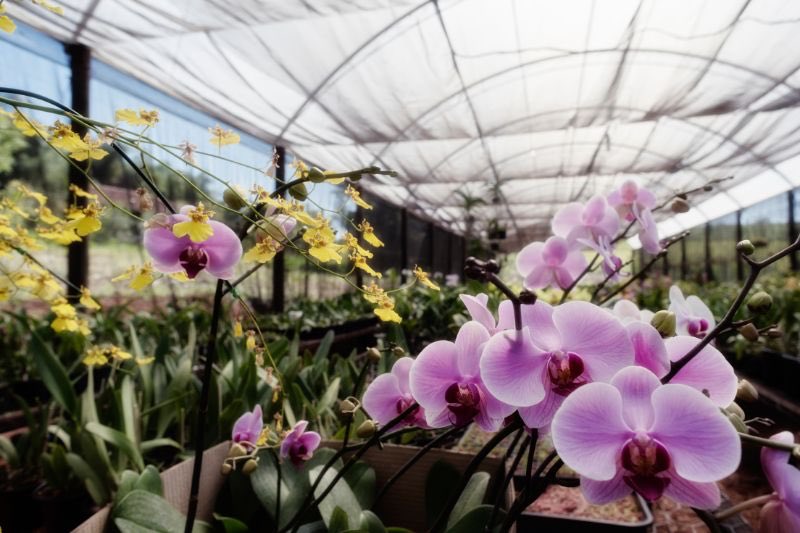
Why might you need a shade shelter?
A shade shelter can play a crucial role in protecting and promoting the growth of plants in your garden or vegetable patch for several reasons:
- Protection against sun : As name suggests, a shade shelter offers protection from direct sun rays. Some plants are sensitive to heat and excessive sun and can be scorched or stressed by too much exposure. Shade produced by shelter obviously helps to attenuate these effects.
- Water conservation : By reducing evaporation caused by heat of sun, a shade shelter helps maintain soil moisture, which benefits most plants and can reduce watering needs.
- Protection from elements : In addition to sun, a shade shelter can also offer some protection from other elements such as wind or heavy rain, which can damage plants.
- Temperature control : A shade shelter can help control temperature in garden or vegetable patch, which is particularly useful in regions where temperatures can be extreme.
- Improved comfort : A shade shelter can make working in garden or vegetable patch more comfortable by providing a shaded area where you can work or rest.
- Possibility to grow a wider variety of plants : With a shade shelter, you can grow plants that prefer shade or partial shade and that would not survive otherwise in full sun.
Particular case of a shade shelter for sowing
A shade shelter for sowing is a structure designed to provide moderate shade for young plants and sowing that are not yet ready to withstand direct sun exposure. They are generally smaller than shelters for adult plants but follow same general principle.
Shade shelter for sowing is usually designed to be easily dismantled and reassembled, as it may be necessary at different times of growing season, notably during germination of sowing and at their initial transplanting. Some people also use it to acclimatise sowing grown indoors to outdoor conditions before planting permanently.
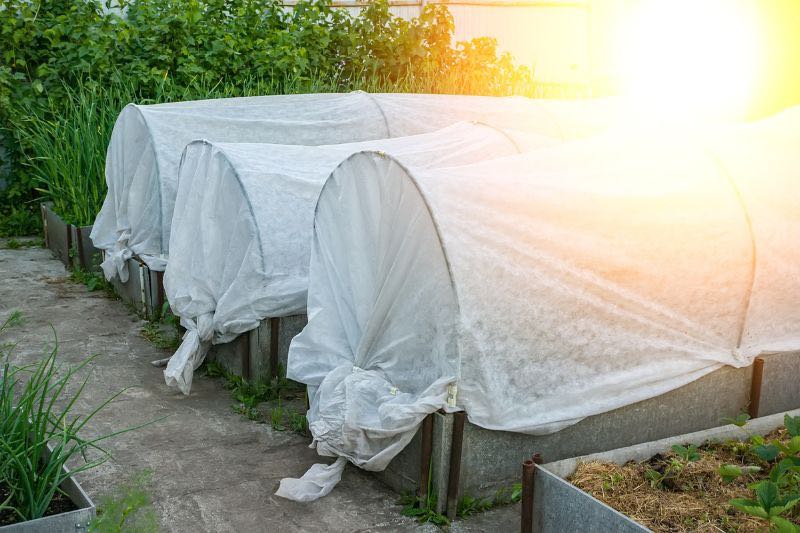
Shade cloth or filament for shading: which material to choose?
Material for shade shelter can vary, but generally includes a cloth or filament for shading that blocks a certain amount of sun light while allowing some light to pass. Amount of light blocked depends on type of shade cloth used; some can block up to 70% of sun light.
Choice of material for a shade cloth depends on several factors, including amount of shade you want to provide, climate of your region, budget and aesthetic preferences. Here are some commonly used options:
- Shade fabric : This is most commonly used material for shade shelters. It is generally made from polyethylene, a durable plastic and UV-resistant. Shade fabric is available in different densities, which block different percentages of solar light.
- Filament for shading : Similar to shade fabric, filament is often a little lighter and more permeable to air, which can be beneficial in hot climates.
- Jute cloth : Jute cloth is a natural and biodegradable option that can also be used to provide shade. However, it is not as durable as plastic and can degrade over time.
- Shade sail fabric : These fabrics, generally polyester, are designed to be durable, tear-resistant and mould-resistant. They are often used for terrace or patio shelters but can also be used for garden shelters.
- Bamboo or reeds : Slats of bamboo or woven reeds can also be used to create a shade shelter. These natural materials offer attractive aesthetic and can block variable amounts of sun light depending on density.
- Old curtains: small personal tip, old curtains can be used to make an improvised small shade shelter. It's free, cheap and moreover... it costs nothing.
It is important to remember that all these materials can block rain to some extent. If natural watering of your plants is important to you, you may want to choose a material that lets at least part of rainwater through, such as filament for shading or jute cloth.
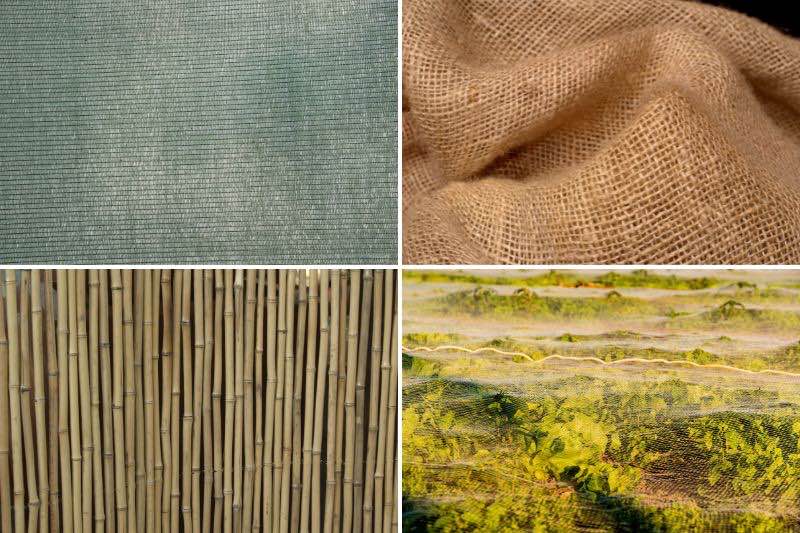
How to make a shade shelter?
- Planning : Start by deciding location and size of shade shelter. Make sure it will cover plants that need shade and will be high enough to allow movement underneath if necessary.
- Installation of posts : Mark positions for four posts. They will form corners of your shelter. Dig holes about 60 cm deep at each marked position, then place posts in holes. Use spirit level to ensure each post is straight, then fill holes with soil or concrete to secure in place.
- Fixing shade cloth : Attach one corner of shade cloth to one post using screw or nail. Stretch cloth to opposite post diagonally and fasten there as well. Repeat with other two corners of cloth. Ensure cloth is taut and flat.
- Securing cloth : For extra security, tie cloth corners to posts with rope. This will help keep cloth in place even in wind.
- Check : Once shelter installed, check that it provides sufficient shade to plants underneath at different times of day. If necessary, adjust angle of cloth or add second layer for more shade.
And there you have it! You have created a shade shelter to protect plants from sun. Remember to check shelter regularly to ensure it remains in good condition and provides necessary shade for your plants.
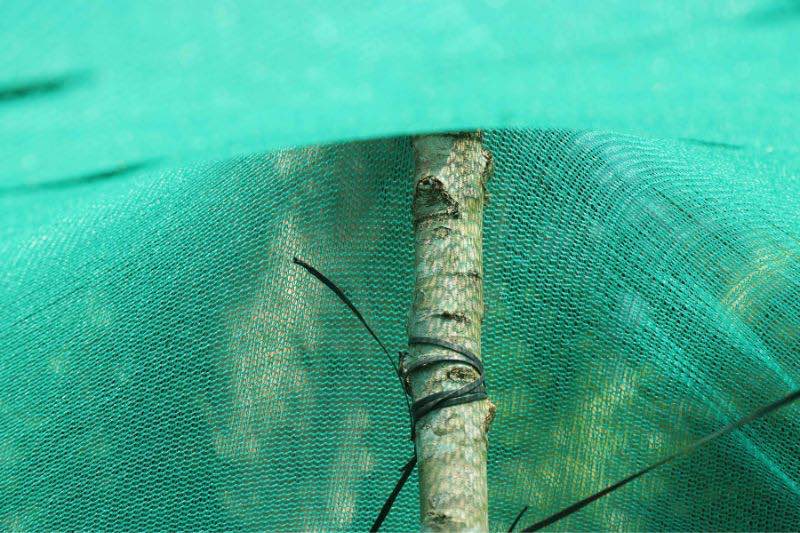
Required materials
- Four treated wood or metal posts
- Shade fabric or filament for shading or other type of shade sail
- Rust-resistant screws or nails
- Strong rope
- Spirit level
- Drill
- Tape measure































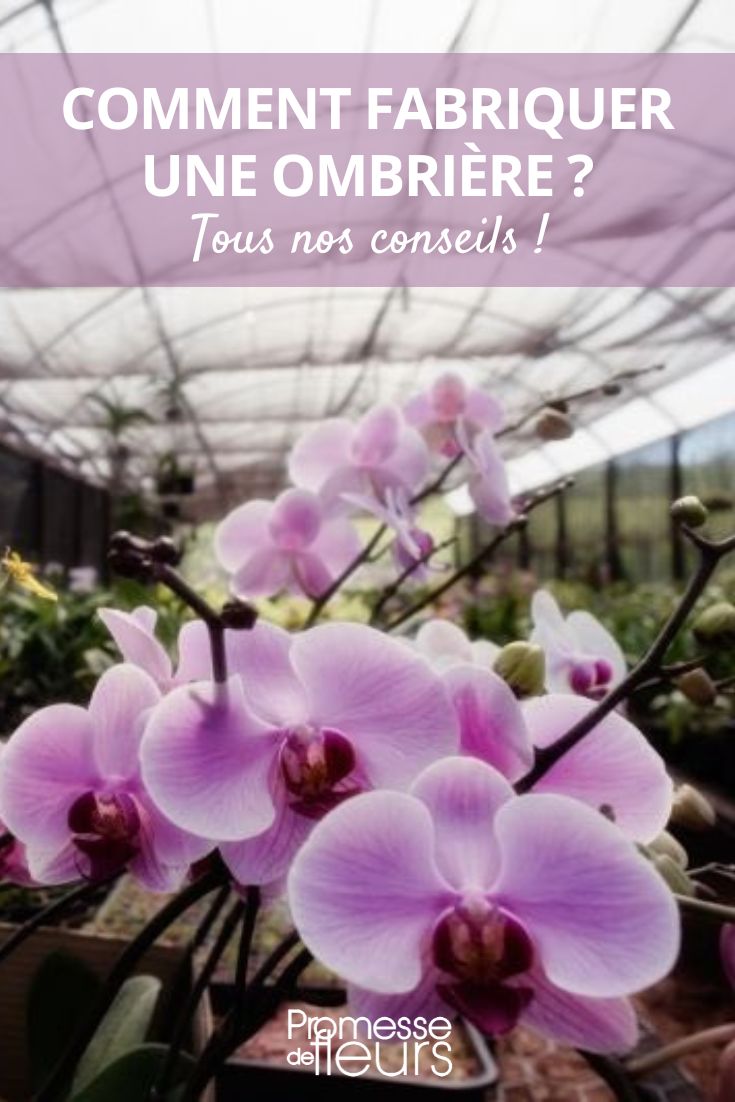
Comments